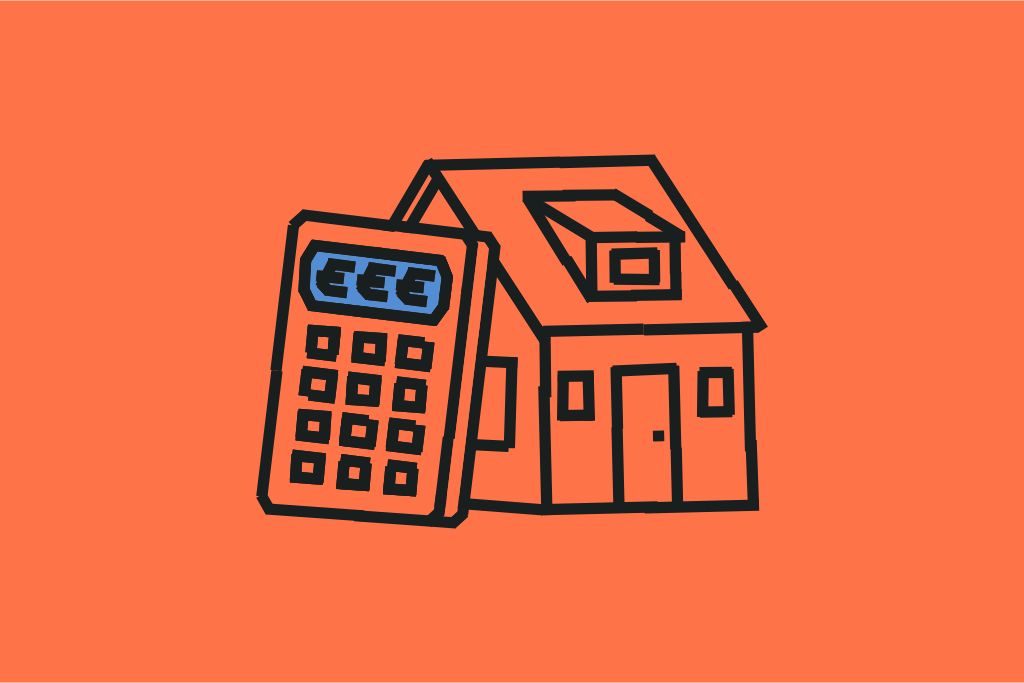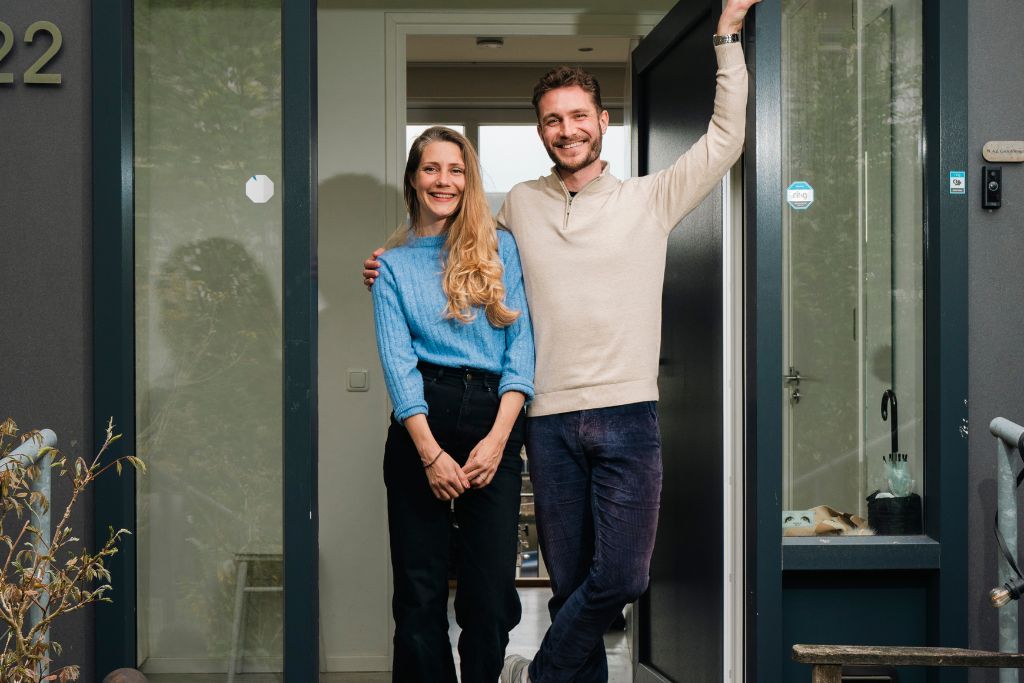What is energy label B?
Energy label B means that your home is energy efficient, but does not have the highest possible energy label. A house with energy label B has a relatively low fossil energy consumption and an average energy consumption between 160 and 190 kWh per m² per year.
This energy label shows that your home is reasonably well insulated and often uses HR++ glass, a central heating boiler or hybrid heat pump, and sometimes solar panels. As a result, you use less fossil energy than with lower labels. For you, that means: a lower energy bill, a more comfortable home and often more favorable mortgage terms.
Want to know what label your home has? Easily request a new energy label.
{{cta}}
When do you have energy label B?
A house receives energy label B when its energy consumption is between 160 and 190 kWh per m² per year. This is the main condition for obtaining this label.
Requirements and characteristics of energy label B:
- Home reasonably well insulated, but not yet optimal.
- Often fitted with HR++ glass or sometimes even triple glazing.
- A modern central heating boiler or hybrid heat pump.
- Solar panels or pv panels may also be present.
- Relatively energy efficient, but still room for improvement.
This means that your home scores better than the average Dutch home, but does not yet have the most economical label.
Want to know exactly when you get which energy label and what the differences are? Then read our article clearly explaining all energy labels from A to G.

Advantages and disadvantages of energy label B
Energy label B means lower energy bills, more living comfort and a higher home value. The disadvantage is that it is not the most economical label and you sometimes have less favorable mortgage terms than with label A.
Advantages of energy label B
- Lower energy bills: your home has relatively low energy consumption, making your monthly bills lower than with lower labels.
- Greater living comfort: a home with label B is often well insulated, so you have less trouble with drafts and cold.
- Higher home value: relative to lower energy ratings, your home will typically fetch more when sold.
- Better mortgage terms: banks often offer additional lending space or small interest rate discounts on a home with energy label B.
Disadvantages of energy label B
- Not the most economical energy label: compared to label A, your energy costs are higher.
- Lower home value than with label A: the same A-label home often yields more.
- Less favorable mortgage terms than energy label A: banks still see A as safer and more energy efficient.
{{cta}}
What does energy label B mean for your mortgage?
With energy label B you often get more favorable mortgage conditions than with a lower label. In 2024, a house with energy label A or B will allow you to borrow up to €20,000 extra on top of your maximum mortgage. Banks also sometimes give an interest rate discount of 0.05-0.15%.
A house with energy label B also has a higher market value than a house with label C or D. This gives you a stronger bidding position and more security in your mortgage application. Still, energy label A remains the most attractive, with the broadest benefits and lowest costs.

How do you improve energy label B?
Improving a home with energy label B to A is relatively easy. You often only need to take a few additional energy-saving measures. Once you have taken these measures, your home will become an energy-efficient home and your energy consumption will remain relatively low.
The main areas for improvement are:
- Additional insulation: roof insulation, wall insulation or floor insulation.
- High-efficiency glass (triple glazing) instead of HR++.
- A full or hybrid heat pump as a replacement for the central heating boiler.
- Installing more solar panels or pv panels.
- Smart applications such as a smart thermostat or energy-efficient appliances.
When you have taken these energy-saving measures, you use less fossil energy and increase your chances of getting a better energy label.

Energy costs of a house with energy label B
A home with energy label B costs on average €5670 per year in energy, which amounts to about €473 per month for a single-family home of 120 m².
This is based on an average consumption of 160-190 kWh per m² per year and the current electricity price of €0.27 per kWh in September 2025, according to the ANWB. In practice, energy costs may vary. It depends on factors such as insulation, the number of occupants, the type of home and energy use.
Want to know how your home scores and if you can get a better label? Request a new energy label easily.

Comparing energy label B with other energy labels
Energy label B means that your home uses an average of 160 to 190 kWh per m² per year. This makes your home relatively energy efficient, but even less so than label A.
This is the average energy consumption per m² per year of the other energy labels:
Energy consumption by label
Want to know exactly what each label means, including features and examples? Then read our article on what energy labels A to G mean.
Read more about the other energy labels
- What does energy label A mean?
- What does energy label C mean?
- What does energy label D mean?
- What does energy label E mean?
- What does energy label F mean?
- What does energy label G mean?




